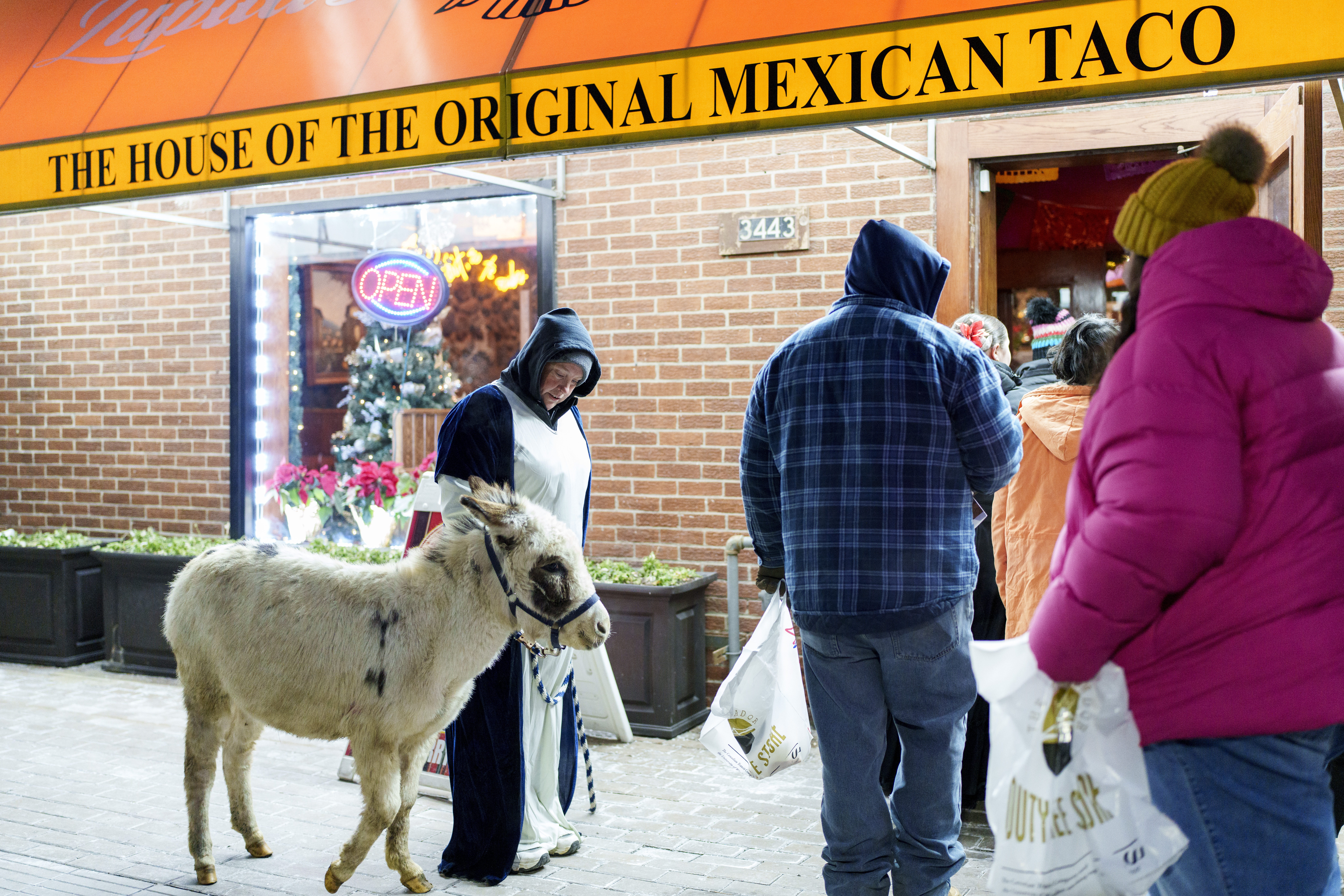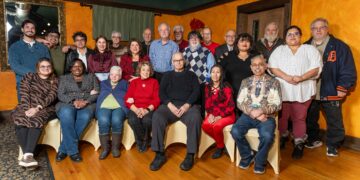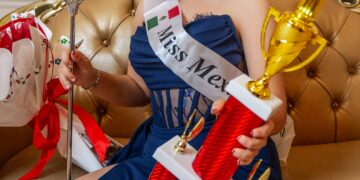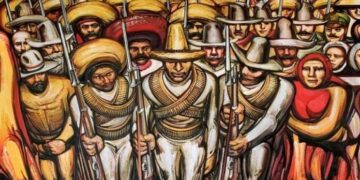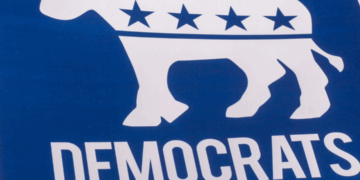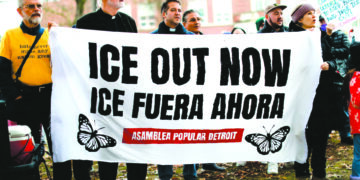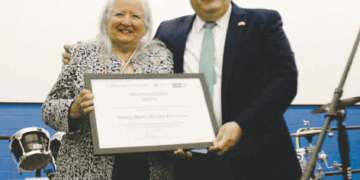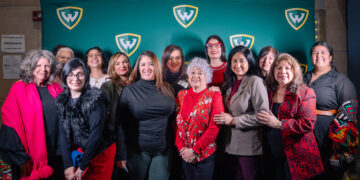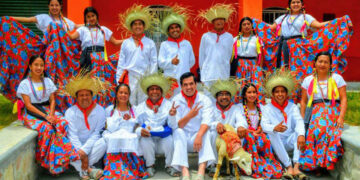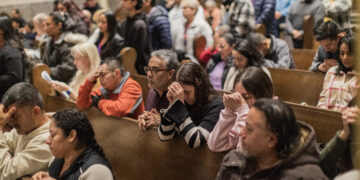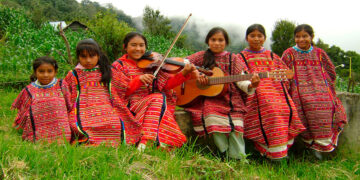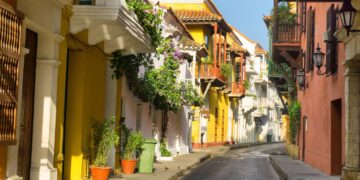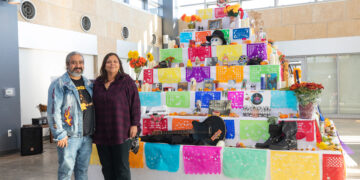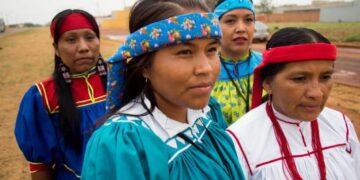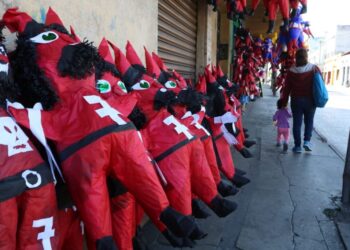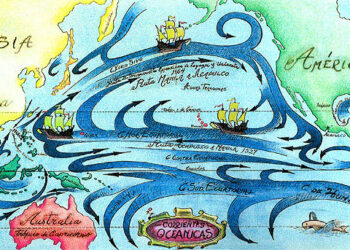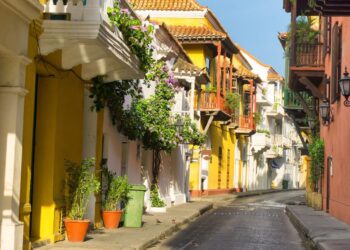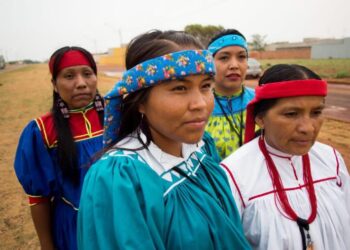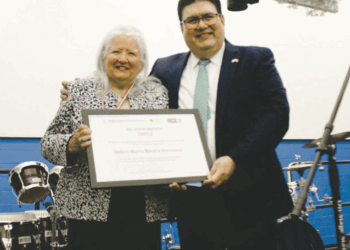The Kikapoo People
The Kikapoos are indigenous people originally from the Great Lakes region (northern United States) who, due to the pressure of European colonization in that region, were pushed to the plain of the Mississippi River and later to Coahuila (Mexico). where they settled in the mid-nineteenth century.
Firewood is the main fuel; by tradition, in each winter or summer house, the sacred fire, symbol of God or kitzahaiata, must be conserved throughout the year.
The Kikapoo language belongs to the Algonkinian family, originally from the tribes that inhabit various territories in the United States, and is spoken by all members of this community.
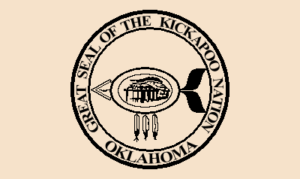
This language is used exclusively to communicate with each other and they consider that they cannot stop speaking it because Kitzihaiata (God) taught it to them. Most of them also speak Spanish and / or English.
The Kikapoos have two types of housing: Indian houses and Mexican houses. Traditional Indian housing is renovated twice a year; one is the winter one (apakvenikane) of elliptical shape, with a structure of thin trunks covered with tule throughout, forming large mats. In the center the sacred fire is placed. They build the house and it is blessed to receive the new year, and it is there that the sacred sacrifices are offered to recognize and worship Kitzihaiata, and the new members of the tribe.
The summer house (utenikane) is rectangular in shape, with reed walls, an elliptical tule roof, with an annex to the front. Inside are beds of thin rods supported by logs, some of which have mattresses or mats, and in the center is the sacred fire.
Hunting is the main activity of Kikapoo men; with it they stock up on meat and skins. The hunt has a ritual character and is carried out in groups throughout the year, especially from January to April, months of religious celebrations for the New Year, baptisms, thanksgiving masses to Kitzihaiata and as a condition of being Kikapoo.
Kikapoo’s Poetry
Look, you can see my relatives.
Right there, there’s a morning star and its mother.
Often in the morning, I see them give me a gift.
I walk toward them every day.
And then I turn around and walk back.
Nine months later, I walk the same way in the west.
Some babies bear my name.
Song for the circular dance
The dance is a ball that spins,
like the world spins,
as the old people say.
That’s how I learned a few words.
Song for the Tehua game
(which simulates a battle between two warring groups)
Be very careful, rattlesnake,
because the enemy is looking for you.
He already knows where you are!
Hide more!
Commandments
The earth is our mother, take care of her.
Honor your tribe.
Open your heart and soul to the Great Spirit.
All life is sacred: respect all living beings.
Take from the earth what you need and nothing more.
Do what you must do for the good of all.
Always thank the Great Spirit for each new day.
Speak the truth, but only for the good of others.
Follow the rhythm of nature; rise and go to bed
with the sun.
What Kitzihaiata taught
Kitzihaiata, God or the Great Spirit or Great Fire, chose the Kikapoos to populate the earth, for which they must fulfill their mandates and be prepared to face the final moment of the
world, which will allow them to go with him to hunt deer eternally.
According to Kikapú cosmogonic myths, Kitzihiata was the father of the creator god Wiska, who made the lands of the American continent and wove a spider web so that the earth would not fall apart.
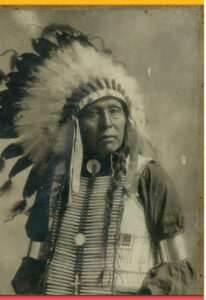
According to Kikapoo mythology, when a member of the tribe dies, he passes into a world where he will hunt deer forever in the company of Kitzihiata.
The Great Fire, taught the Kikapoos the construction of the three types of housing in whose interior family rites are celebrated: the quadrangular house that they use in summer, the apakuenikane or elliptical house of tule that houses them in winter, and the portable house —Similar to the teepee — that they use when they go hunting.
Being a good Kikapoo means always complying with the rites of hunting, purification, New Years, sacred fires and baptisms through prayers, sacrifices and fasts. Ritual celebrations are always accompanied by venison. The culminating moment of his prayers consists in the consumption of the tongue of this animal, thus giving them back to the one who gives them, to Kitzihaiata. The deer represents the center of Kikapoo life; each deer slaughtered is reborn. For this reason they will not cease to exist and there is no danger of their extinction.
Kikapú
Los kikapúes son pueblo indígena originario de la región de los Grandes Lagos (norte de Estados Unidos) que, a causa de la presión de la colonización europea en esa región, fueron empujados a la llanura del río Misisipí y posteriormente a Coahuila (México), en donde se establecieron a mediados del siglo XIX.
Viven en el lugar conocido como El Nacimiento de los Kikapúes, ubicado en el municipio de Melchor Múzquiz, Coahuila, México.
Se abastecen del agua de los nacimientos del río Sabinas. La leña es el principal combustible; por tradición, en cada casa de invierno o de verano, el fuego sagrado, símbolo de Dios o kitzahaiata, debe conservarse durante todo el año.

La lengua kikapú pertenece a la familia algonkiniana, originaria de las tribus que habitan varios territorios de Estados Unidos, y la hablan todos los miembros de esta comunidad. Dicha lengua es de uso exclusivo para comunicarse entre ellos y consideran que no pueden dejar de hablarla porque Kitzihaiata (Dios) se las enseñó. La mayoría de ellos también habla español y/o inglés.
Los kikapúes tienen dos tipos de vivienda: casas indias y casas mexicanas. La vivienda india tradicional se renueva dos veces al año; una es la de invierno (apakvenikane) de forma elíptica, con una estructura de troncos delgados y cubiertos de tule a lo largo, formando grandes tapetes. En el centro se coloca el fuego sagrado.
Construyen la casa y se bendice para recibir el año nuevo, y es ahí donde se ofrecen los sacrificios sagrados para reconocer y adorar a Kitzihaiata, y a los nuevos miembros de la tribu. La casa para el verano (utenikane) es de forma rectangular, con paredes de carrizo, techo elíptico de tule, con un anexo al frente. En el interior se encuentran camas de varas delgadas sostenidas por troncos, algunas de las cuales tienen colchones o petates, y al centro se encuentra el fuego sagrado. Construyen esta casa quienes se quedan a cuidar el campamento, así como los que no emigran temporalmente a Estados Unidos.
La caza es la principal actividad de los hombres kikapúes; con ella se abastecen de carne y pieles. La cacería tiene un carácter ritual y se realiza de manera grupal durante todo el año, sobre todo de enero a abril, meses de celebraciones religiosas de año nuevo, bautizos, misas de agradecimiento a Kitzihaiata y como condición propia del ser kikapú.
Poesía Kikapú
Mira, puedes ver a mis parientes.
Justo ahí, hay una estrella de la
mañana y su madre.
Con frecuencia en la mañana los
veo darme un regalo.
Camino hacia ellos cada día.
Y luego doy la vuelta y camino de
regreso.
Nueve meses después camino del
mismo modo en el oeste.
Algunos bebés llevan mi nombre.
Canto para la danza circular
La danza es una bola que da vueltas,
como el mundo da vueltas,
según dicen los viejos.
Así agarré poquita palabra.
canto para el juego de tehuas
(que simula un combate entre dos grupos guerreros)
Mucho cuidado, cascabel,
porque te anda buscando el enemigo.
¡Ya sabe dónde estás!
¡Escóndete más!
Mandamientos
La tierra es nuestra madre, procura por ella.
Honra a tu tribu.
Abre tu corazón y alma al Gran Espíritu.
Toda vida es sagrada: respeta a todos los seres vivos.
Toma de la tierra lo que necesites y nada más.
Haz lo que debas hacer para el bien de todos.
Agradece siempre al Gran Espíritu por cada nuevo día.
Habla con la verdad, pero solo para el bien de los otros.
Sigue el ritmo de la naturaleza; levántate y acuéstate
con el sol.
Lo que enseñó Kitzihaiata
Kitzihaiata, Dios o el Gran Espíritu o Gran Fuego, escogió a los kikapúes para poblar la tierra, por lo cual deben cumplir con sus mandatos y estar preparados para enfrentar el momento final del mundo, que les permitirá ir con él a cazar venados eternamente.

De acuerdo con los mitos cosmogónicos kikapúes, Kitzihiata fue padre del dios creador Wiska, que hizo las tierras del continente americano y tejió una tela de araña para que la tierra no se desfondara.
Según la mitología kikapú, cuando un miembro de la tribu muere, pasa a un mundo donde cazará venados para siempre en compañía de Kitzihiata.
El Gran Fuego, enseñó a a los kikapúes la construcción de los tres tipos de vivienda en cuyo interior se celebran los ritos familiares: la casa cuadrangular que usan en verano, el apakuenikane o casa elíptica de tule que los aloja en invierno, y la casa portátil —similar al tipi— que emplean cuando van de cacería.
Ser buen kikapú significa cumplir siempre con los ritos de cacería, purificación, año nuevo, fuegos sagrados y bautizos por medio de oraciones, sacrificios y ayunos.
Las celebraciones rituales siempre van acompañadas de carne de venado. El momento culminante de sus oraciones consiste en el consumo de la lengua de este animal, devolviéndolos así a quien se los da, a Kitzihaiata. El venado representa el centro de la vida kikapú; cada venado sacrificado vuelve a nacer. Por esta razón no dejarán de existir y no hay peligro de que se extingan.

